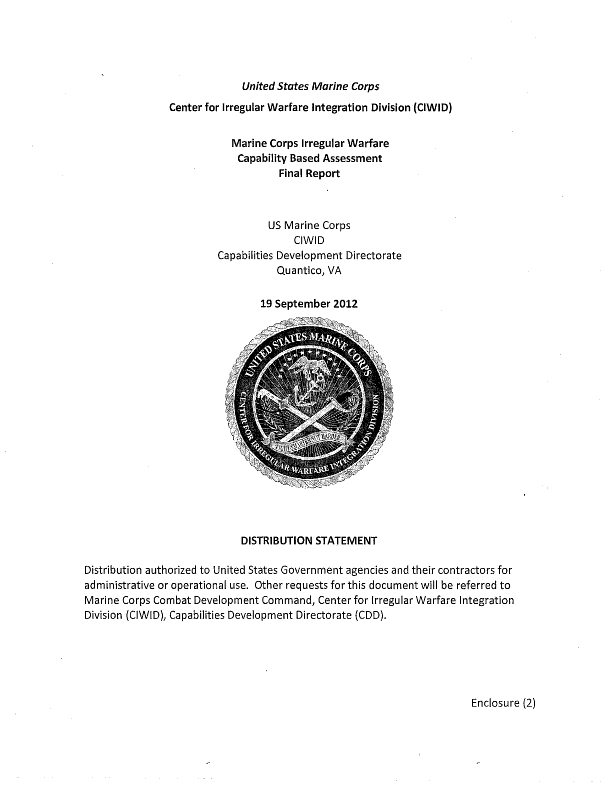It was an experiment, a treaty in 1985 and not implemented until 1995 where borders were eliminated in Europe. Stop and think about that a minute or two.
The Schengen Agreement covers two different agreements that were ratified in 1985 and 1990 respectively. Between them, they abolished border controls and made transit through Europe a lot easier. The two individual agreements said the following:
1985 – The Schengen Agreement of 1985 was made between the Benelux Economic Union, the French Republic and the Federal Republic Of Germany. All of those governments agreed to abolish border check on the borders that they shared. Instead of stop and search tactics, every vehicle that had a green visa disc in the windscreen could simply drive on through. There were still to be guards on the borders to visually check the vehicles as they crossed into another country. This is commonly known as Schengen I.
1990 – The 1990 Schengen Agreement, which is also known as Schengen II, went one step further. It made provisions for the complete elimination of border checks over a period of time.
Both Schengen Agreements were a major breakthrough for the traffic in Europe. Queues would often be a mile long waiting for border patrols to wave them through, but the agreements enabled this to be brought to an end. Now people can cross into neighbouring countries without having to show any form of ID. Of course, airlines still require you to show it for security purposes, but border controls are a lot easier to navigate and do not even exist in some cases.Sixteen European countries have now adopted the Schengen Agreement. They are Austria, Belgium, Denmark, Finland, France, Germany, Greece, Iceland, Italy, Luxemburg, Norway, Portugal, Spain, Sweden, Switzerland and The Netherlands. This is because the original Schengen Agreements were actually referred to in the framework of the European Union and included in the law.
To create a common free travel condition, a new visa was issued. The Schengen Agreement was based on the Treaty of Rome whereby common policing would be used and well as judicial policy, economic policy (sharing) and more a common used of identity documents.
Most recently, the burden of sustaining Europe has fallen on Germany and it was not but a few months ago that Scotland voted to leave the United Kingdom where that initiative was defeated. Then the financial spiral of Greece, threatened to be the first country to possibly be forced out of the union. Then in recent months, there is a movement in Great Britain to reconsider the European Union membership.
Based on the immediate refugee crisis in the Middle East affecting all corners of Western and Eastern Europe, could it be that each country is having internal discussions about amending or terminating this agreement? If not, they should. Shared sacrifice and more forced policy for unique countries and cultures will no longer be a viable condition in coming years.
Simply noted is that Brits want out.
When this condition is brought home for a domestic debate, look no further than NAFTA and the policy of Barack Obama of the expanded Visa Waiver Program, the backdoor Dreamer White House project and worse the lifting of quotas on foreigners into the United States, known as the Johnson Reed Act, which was essentially an emergency piece of legislation and has been amended, updated and expanded to include a wide variety of foreign/international operations, trade and conditions.
The lesson for this article is watch Europe closely. There are citizens there not happy with the Schengen Agreement, remaining in the union and it could soon have new consequences. If it has never for the most part worked in Europe, it wont work here, and further, America has a U.S. Constitution and each respective state does as well.
Fair warning America.


